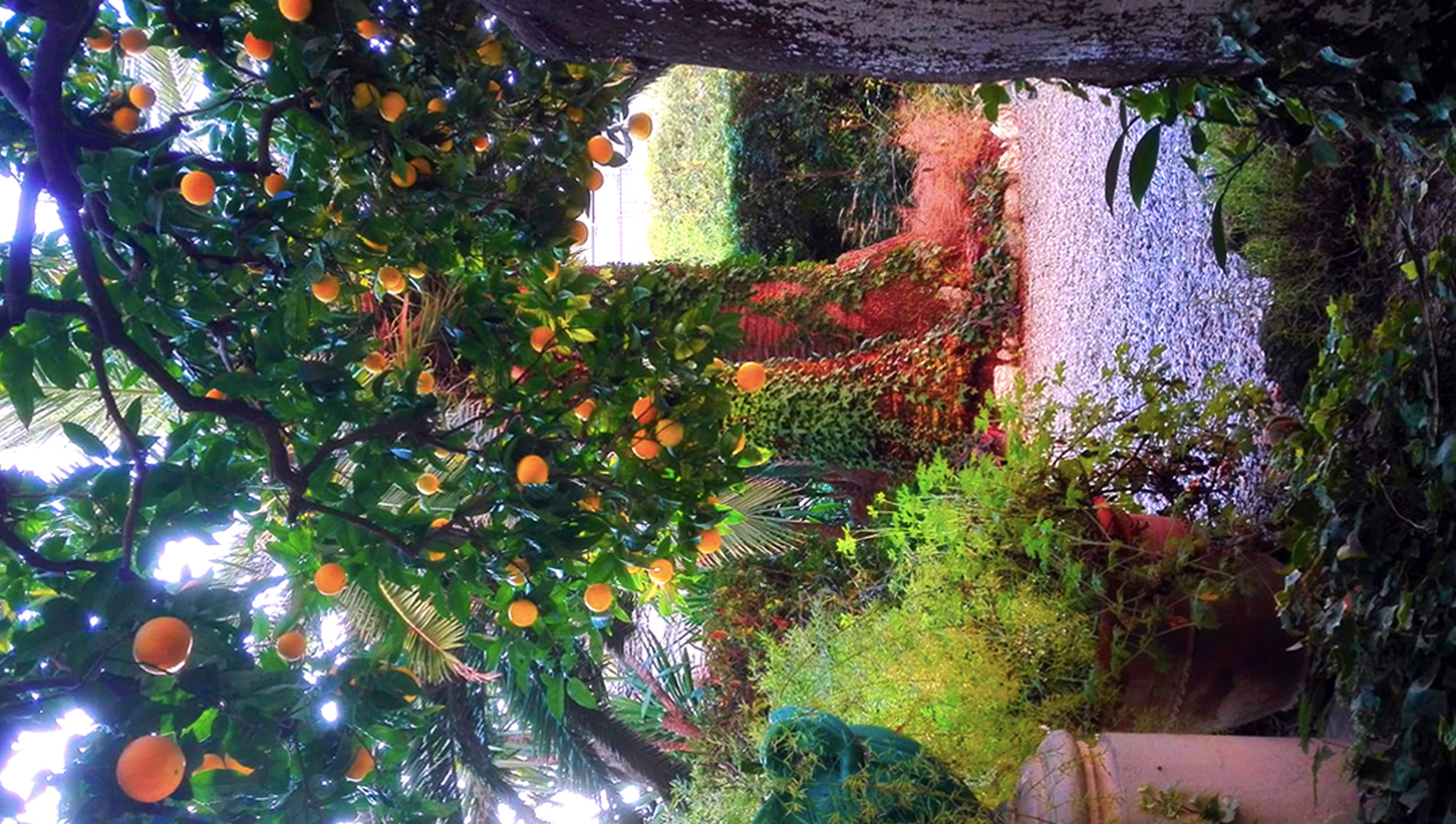

Orange is the colour between yellow and red on the spectrum of visible light. Human eyes perceive orange when observing light with a dominant wavelength between roughly 585 and 620 nanometres. In painting and traditional colour theory, it is a secondary colour of pigments, created by mixing yellow and red. It is named after the fruit of the same name.
The orange colour of carrots, pumpkins, sweet potatoes, oranges, and many other fruits and vegetables comes from carotenes, a type of photosynthetic pigment. These pigments convert the light energy that the plants absorb from the sun into chemical energy for the plants' growth. Similarly the hues of autumn leaves are from the same pigment after chlorophyll is removed.
In Europe and America, surveys show that orange is the colour most associated with amusement, the unconventional, extroverts, warmth, fire, energy, activity, danger, taste and aroma, the autumn and Allhallowtide seasons, as well as having long been the national colour of the Netherlands and the House of Orange. It also serves as the political colour of Christian democracy political ideology and most Christian democratic political parties. In Asia it is an important symbolic colour of Buddhism and Hinduism.
The orange is the fruit of the citrus species Citrus × sinensis in the family Rutaceae. It is also called sweet orange, to distinguish it from the related Citrus × aurantium, referred to as bitter orange. The sweet orange reproduces asexually (apomixis through nucellar embryony); varieties of sweet orange arise through mutations.
The orange is a hybrid between pomelo (Citrus maxima) and mandarin (Citrus reticulata). The chloroplast genome, and therefore the maternal line, is that of pomelo. The sweet orange has had its full genome sequenced.
Sweet oranges were mentioned in Chinese literature in 314 BC. As of 1987, orange trees were found to be the most cultivated fruit tree in the world. Orange trees are widely grown in tropical and subtropical climates for their sweet fruit. The fruit of the orange tree can be eaten fresh, or processed for its juice or fragrant peel. As of 2012, sweet oranges accounted for approximately 70% of citrus production.
In 2014, 70.9 million tonnes of oranges were grown worldwide, with Brazil producing 24% of the world total followed by China and India.